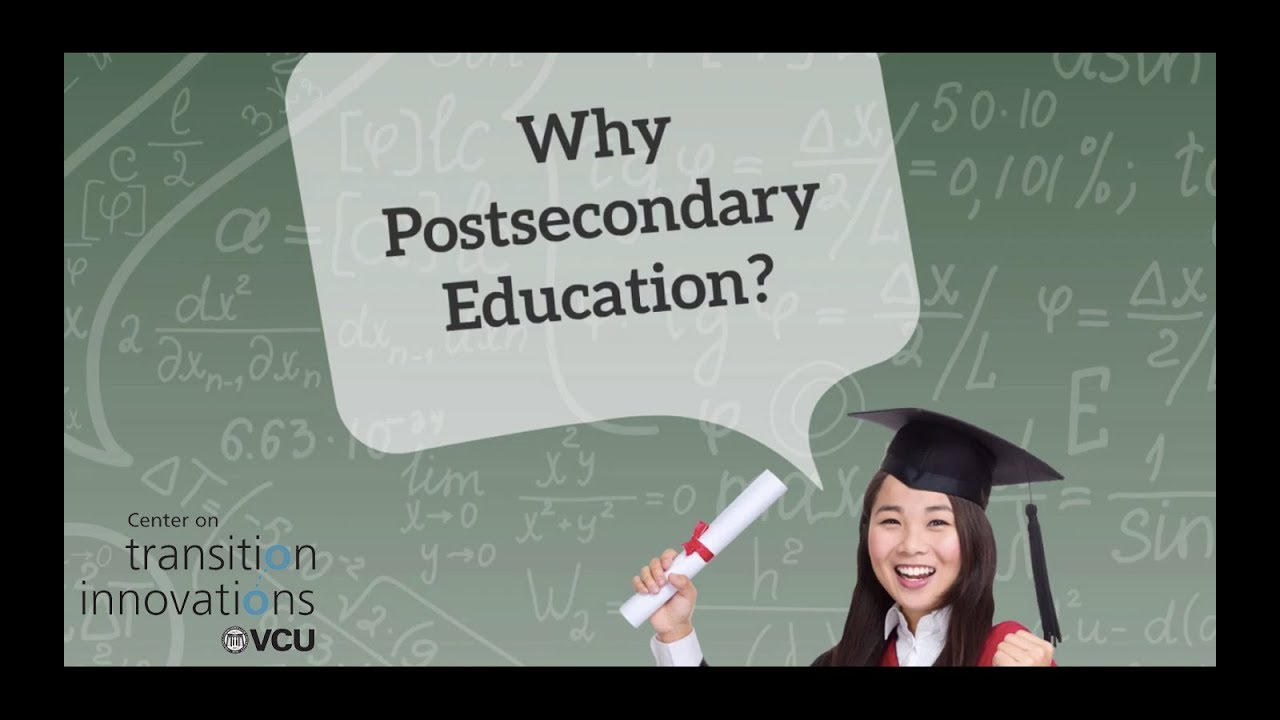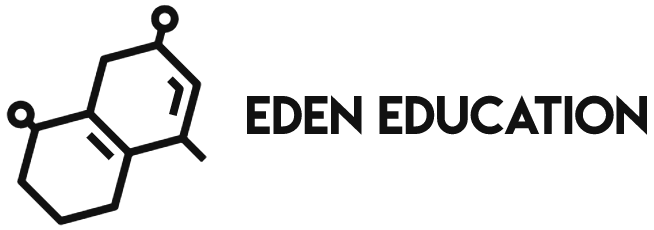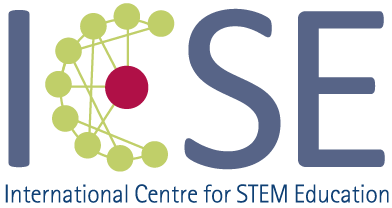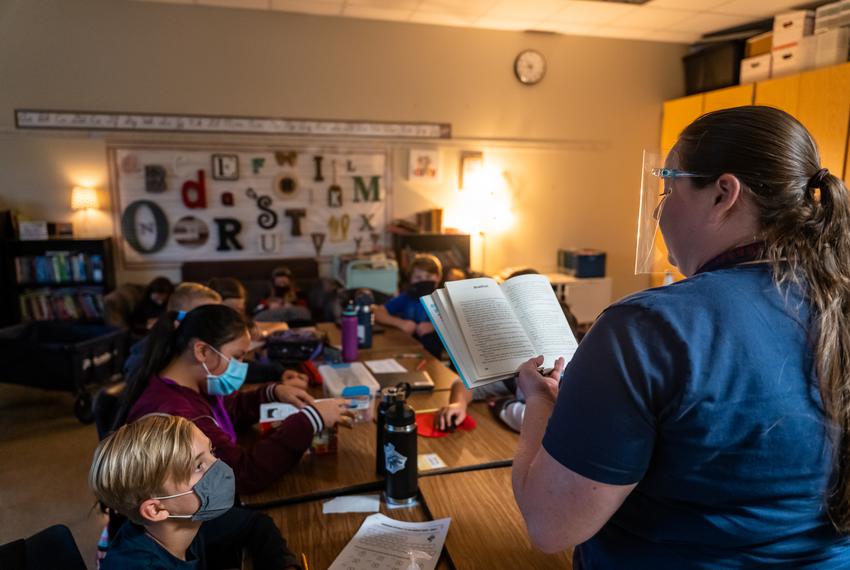
What Is Secondary Education?
If you are wondering what is secondary education, you have come to the right place. Here, you will discover all about secondary school, vocational skills, cost, and other factors that should influence your decision. Whether you’re considering going to a residential school or college, you can’t go wrong with secondary education. If you’re considering attending college, you should check if there are any prerequisites and financial aid for students who need it. Secondary education is an essential part of job market training. Even if you’re planning to quit school, you must equip yourself with all the necessary knowledge and skills needed for the modern job market.
Secondary education
Secondary education is a stage in a person’s education that is completed before they move on to the tertiary level. On the International Standard Classification of Education (ISCE) scale, secondary education consists of two phases: lower secondary and level three. Lower secondary education is the last phase of basic education, while level three is the first step toward tertiary education. Below are some facts about secondary education and the different stages it covers.
Middle school
There is a significant period of compulsory schooling during which children undergo a range of social, biological and educational changes. The middle school years are an important transitional period between childhood and the world of compulsory education. The primary and secondary education levels introduce students to academic study, social skills and knowledge. In the United States, the middle school years are typically comprised of grades six to eight. In many other countries, the secondary years last from ninth to twelve years, and are known as ‘high school’ and ‘college’ respectively.
Vocational skills
By 1991, almost 80 percent of public high schools offered some form of vocational education. Vocational schools reported greater efforts in integrating occupational programs with academics. Nonetheless, the integration process is still not complete. The majority of efforts involve improving basic skills of vocational students or developing general education competencies for vocational students. Faculty involvement in integrated curricula typically involves reviewing general education requirements and developing academic materials that can be incorporated into existing vocational courses.
Costs
The study will explore the social and private costs of secondary education and analyze the benefits of this endeavor for society. The costs of secondary education are inextricably linked with the benefits of this endeavor. The study will also consider the opportunity cost to an individual if he or she did not pursue this educational pursuit. This study will be helpful to policy makers and legislators as they make decisions about how to allocate resources to ensure that secondary education is accessible and affordable for all.
Parent involvement
Historically, there have been several reasons why parental involvement in secondary education has decreased. One reason is because of the economic downturn. It was difficult to maintain employment and support a family, and single parents raised children on their own. However, despite these challenges, all parents wished to support their children while struggling to make ends meet. Today, parents can have a positive impact on their children’s education if they work together with teachers.



